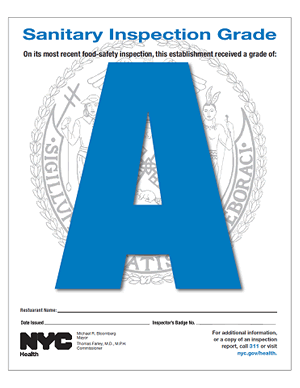The USDA proposed some new rules this week that would:
"...require official establishments to promptly notify the appropriate District Office that an adulterated or misbranded meat or poultry product has entered commerce; require official establishments to prepare and maintain current procedures for the recall of meat and poultry products produced and shipped by the establishment; and require official establishments to document each reassessment of the establishment's process control plans, that is, its Hazard Analysis and Critical Control Point plans."
Sounds like the sort of common-sense stuff most people would assume is already required, right? I mean, you'd think that if "adulterated or misbranded meat" somehow made it onto the market, the company would be required to let regulators know. Alas, not the case.
Anyway, the proposed rules are based on recommendations from President Obama's Food Safety Working Group, and are largely similar to the FDA's Reportable Food Registry, the system that helped identify contamination early in the recent, high-profile case of hydrolyzed vegetable protein made by Basic Food Flavors.
This should go off without a hitch, but just in case, you can submit a comment in support of the proposed rule by visiting the rule's page on Regulations.Gov. There is a "Submit Comment" button at the top of the page.













